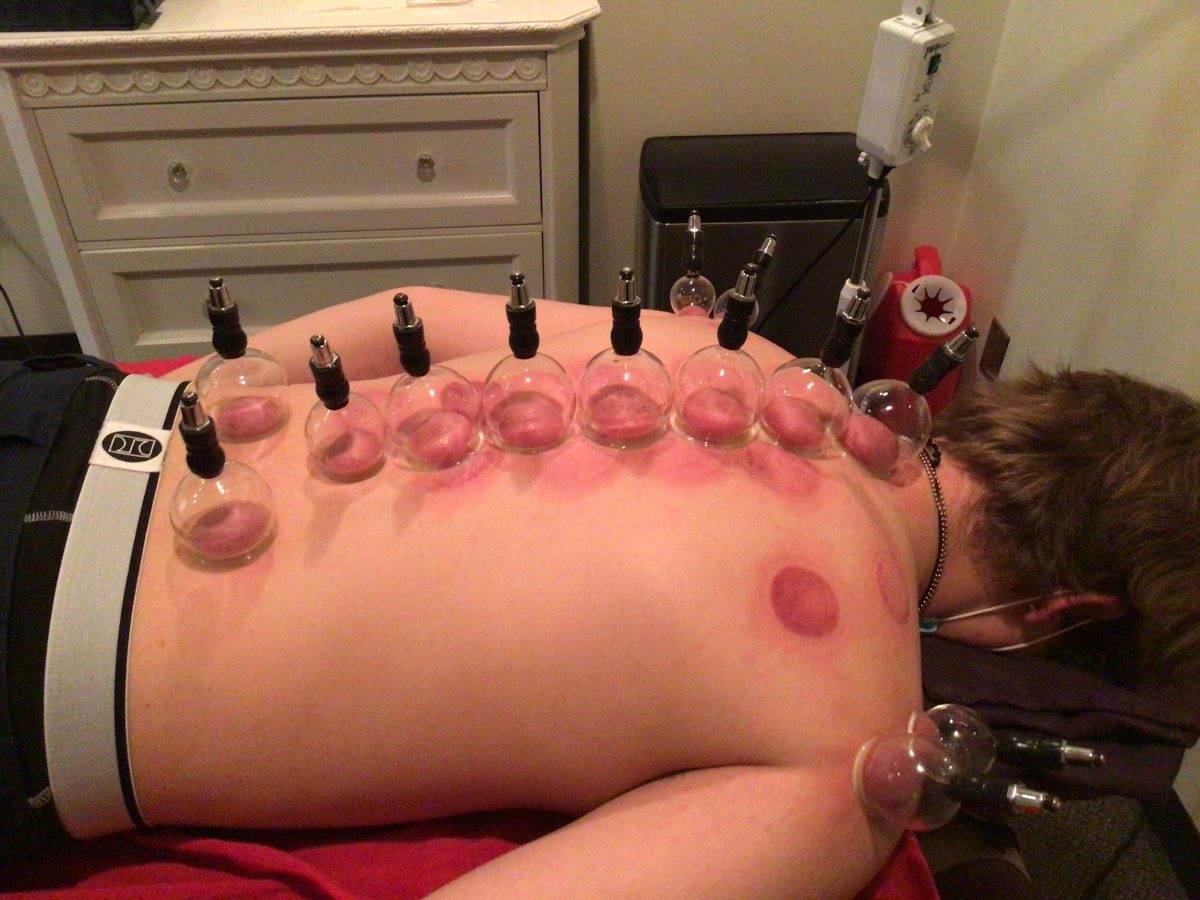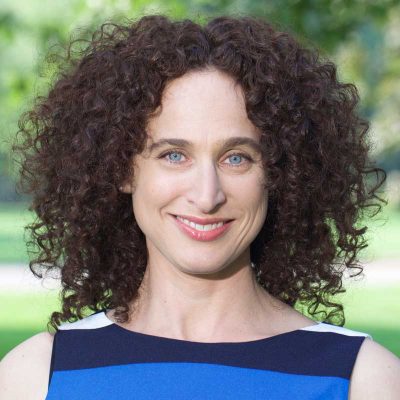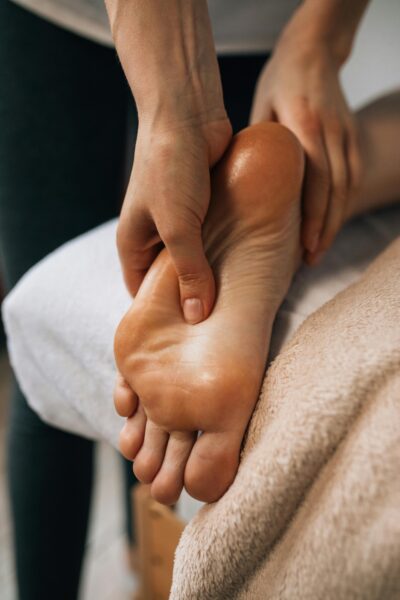Medill Reports Chicago :NFL Teams Are Tackling Injuries With Acupuncture and Cupping, March 30, 2020
By Emine Yücel
Medill Reports
Ifeadi Odenigbo, a defensive end for the Minnesota Vikings, limps into the treatment room following a Sunday night game against the Chicago Bears. He just pulled his hamstring, but he needs to be out on the field, ready to go in less than 48 hours. “You’re just always trying to get on the field as soon as possible,” he said. “So, you’re in an ‘I’m doing whatever I can to feel better’ state of mind.”
Hilary Patzer, the sports acupuncturist for the Vikings, asks Odenigbo to lie down on the padded treatment table. After finding out he hurt his hamstring in the game, Patzer starts inserting 10, two-inch-long, thin needles into the injured area. Odenigbo lies facedown with needles sticking out of his hamstring.
Then, she takes a cotton ball soaked in alcohol and sets it on fire with a match. She inserts the fire ball into a glass cup, takes it out and quickly places the cup onto Odenigbo’s hamstring. This creates a vacuum. Immediately, the skin is sucked upward, into the cup. Patzer continues to cup different spots on Odenigbo’s leg. She leaves them in place, occasionally sliding them on his skin without releasing the suction. After 10 minutes, she removes all the cups, leaving perfectly circular, red and purple marks on his hamstring. About half an hour later, Patzer also removes the needles.
“I go to my session, and she works her magic,” Odenigbo said. “Now, I’m feeling looser and less sore. I’ll be ready to go.” What Odenigbo describes as “magic” is Traditional Chinese Medicine, and Eastern medicine practice, which includes cupping, acupuncture, electroacupuncture, manual therapy, dietary therapy and stretching, techniques Patzer often uses in combinations.

The Minnesota Vikings are not the only team that takes advantage of TCM to help players perform at the highest level. At least one third of NFL teams including the Kansas City Chiefs, the Miami Dolphins, the Green Bay Packers, the Indianapolis Colts and the San Francisco 49ers offer acupuncture and cupping to players as a recovery option largely because it is a natural form of medicine that seems to help players get back on the field faster.
“When you get off the table, you almost always will feel better — if the treatment was done by somebody who is educated and qualified,” said Patzer, who has been working with elite athletes for seven years. “And that is just addictive. To see that fast of a response, you’re going to tell your teammates and friends about it.”
Montre Hartage, a safety for the Miami Dolphins, started using TCM as a student-athlete at the Northwestern University. “It’s definitely something me and a lot of the players on the team use,” he said. “We feel as it helps us feel better faster, so we implement it into our recovery.”
In the NFL, where players put their bodies through extreme physical trauma and stress, rehabilitation is key to staying healthy. And for teams like the Vikings, keeping athletes in good physical shape is a must. “The biggest things organizations are concerned with is trying to keep players as healthy as possible so they can play for as long as possible,” said Randy Cummins, who has been a TCM instructor for 35 years. “So, they try new things that can help them with staying healthy. In this case, they saw TCM worked.”
Chinese medicine has been around for thousands of years. According to Cummins, it became widespread in the late ‘60s and early ‘70s when Chinese instructors started coming to the U.S. and teaching it to people. “It became really popular with the hippies because they saw it as like a counter-culture and a natural form of medicine,” Cummins said.
Chinese medicine experts explain that inserting needles into some of the 350 acupuncture points helps bring the body’s energy flow (aka Qi) back to normal. “The needles are this amazing tool that works like a light switch,” Patzer said. “If something needs to be revved up, we can rev it up and if something needs to be calmed down, we can calm it down.”
For NFL players, acupuncture can be reactive (treating an injury) or proactive (preventing an injury). “We’re not necessarily waiting for something to be wrong to treat them,” Patzer said. “Instead, we’re keeping the athletes healthy, well fueled and nourished, keeping the joints functioning at a higher and elite level.” About 75% of the Vikings’ starters work with Patzer throughout the season.
Many players combine acupuncture with cupping — or what Matt Callison, an instructor and clinical supervisor of sports acupuncture at UC San Diego’s Sports Medicine Center, calls an “inverted massage.” Instead of applying pressure on the muscle, cupping pulls tissue layers up. This vacuum effect increases circulation and helps the buildup of lactic acid, which causes soreness and pain, to move out of the area.
“After cupping, your body goes into a type of wound healing process, which means there’s increased oxygen and blood flow to the region,” Callison said. The increased blood flow promotes healing but also causes the circular mark that looks like a bruise. According to Patzer, however, since cupping marks are painless and are not caused by trauma, they shouldn’t be categorized as bruises.
TCM cups, which can be made of glass, bamboo or plastic, are typically 0.7 to 2.7 inches in diameter. Specialists will decide which cup to use based on the body area they are treating. While a lower back issue might call for a bigger sized cup to act on a bigger surface area, professionals might use a smaller cup for an injury on the forearm.
Fire cupping is the traditional technique, said Matt Callison, founder of AcuSport Education, a sports medicine acupuncture education company in San Diego. It creates the strongest suction and reaches deeper tissues. Based on the type of the injury and a patient’s tolerance, cups can stay on the skin from a few seconds to 20 minutes.
But different athletes, different body types and personalities might react differently to the same treatments, said Patzer, a former national team member for the U.S. cross country ski team. “Before I decide what I’ll be doing, I need to make sure I understand if this person is going to be able to take heavy-duty needling, a lot of stimulation from other modalities or if it’s going to be a pretty light treatment,” she said. “And that can change daily based on how the person is feeling.”
To decide on the treatment plan, Patzer, who owns her own practice, asks patients how they’re feeling, sleeping and performing. She also looks at the shape, color, motion and coating of different areas of their tongues, which she said are associated with different organ systems. She calls this process her X-ray, as it provides her with a better idea of what the patient might need. “For example, a swollen tongue with scallop marks usually means the patient has Qi deficiency, which could mean you’re low in energy,” Patzer said. “Or, if you see a really pale tongue, that would mean a blood deficiency, which could mean that the energy the blood provides the body with is deficient.”

Patzer said Qi deficiency is very common among professional football players who push their bodies to its limits every day — which is a problem. “If you try to use your body when it’s depleted, you could damage it,” she said. “You might end up getting muscle strains or tears.” With TCM, Patzer works to calm the body down if it’s overworking or nourishes it if there are deficiencies. “We’re supporting the body for the job that it needs to perform in the moment,” she said.
Unlike TCM, “drugs are like a Band-Aid,” Patzer added. They tend to cover up or mask an issue, instead of going to the root and mending it. “When you take TUMS or Advil, you’re just calming down and masking a symptom or pain,” she said. “Acupuncture, however, can go in and alter or fix the system that is causing the symptoms.”
Eastern and Western medicine can work hand in hand, Patzer said. “It’s not one or the other. I can work on healing the body using TCM while a player is taking medications to manage their pain.”
Despite all the success stories and countless athletes swearing by acupuncture and cupping, some studies show TCM is nothing but a placebo. Athletic trainer Matthew Schafer’s 2018 dissertation is one of them. “My colleagues were performing cupping a lot,” Schafer said. “So, I wanted to do some research on it to see if the isolated use of cupping would benefit the student-athletes I was working with.”
The research, which Schafer conducted while he was a graduate student studying kinesiology at the University of Nevada, Las Vegas, explores if student-athletes who are experiencing tightness in their hamstrings would be more flexible after getting cupped. The results show no real difference in hamstring flexibility between people getting a cupping treatment, a placebo treatment or no treatment.
But Callison, author of the book “Sports Medicine Acupuncture: An Integrated Approach Combining Sports Medicine and Traditional Chinese Medicine,” said people who dismiss TCM are ignorant. “There’s just way too much data and research out there that show the efficacy of acupuncture and cupping,” he said.
In a 2016 study, Callison shows most patients with shoulder pain who received a combination of acupuncture and other TCM treatments increased their range of motion following four to six sessions. Similarly, in a 2002 study, Callison shows that athletes who received acupuncture or a combination of acupuncture and sports medicine treatments for shin pain received 90% pain relief and used around 60% less medication compared to athletes who only received sports medicine treatments.
“I’ve had players who came up to me saying, ‘I don’t love needles, and I didn’t want this to be effective. But it was!’ That is the opposite of placebo,” Patzer said. “I actually overrode their doubts with the power of my medicine.” Still, almost all forms of medicine benefit from the placebo effect, she said. “Placebo has this negative connotation attached to it, but I think it’s an incredibly powerful tool. … It’s asking the person to play a role in their healing.”
Despite his findings, Schafer, an athletic trainer for the University of Louisiana at Lafayette, regularly uses cupping. “A lot of people are skeptical about it, but there are definitely a lot of health care practitioners who are willing to do cupping,” he said. “For me, my athletes feel a difference when I do it, so I still use it.”
The bottom line: Many athletes believe TCM helps them recover without adverse effects. “From a player’s standpoint, I can let you know that I feel better from it,” said Odenigbo. “As a professional player, there’re so many things you can do to get better and recover but, in the end, there’s a reason why the Vikings keep Hilary [Patzer] around. If they didn’t think what she was doing was helpful, she wouldn’t have been a key person for the team for all these years.”
About 75% of the Minnesota Vikings’ starters work with Hilary Patzer throughout the season. (Courtesy of Hilary Patzer)



